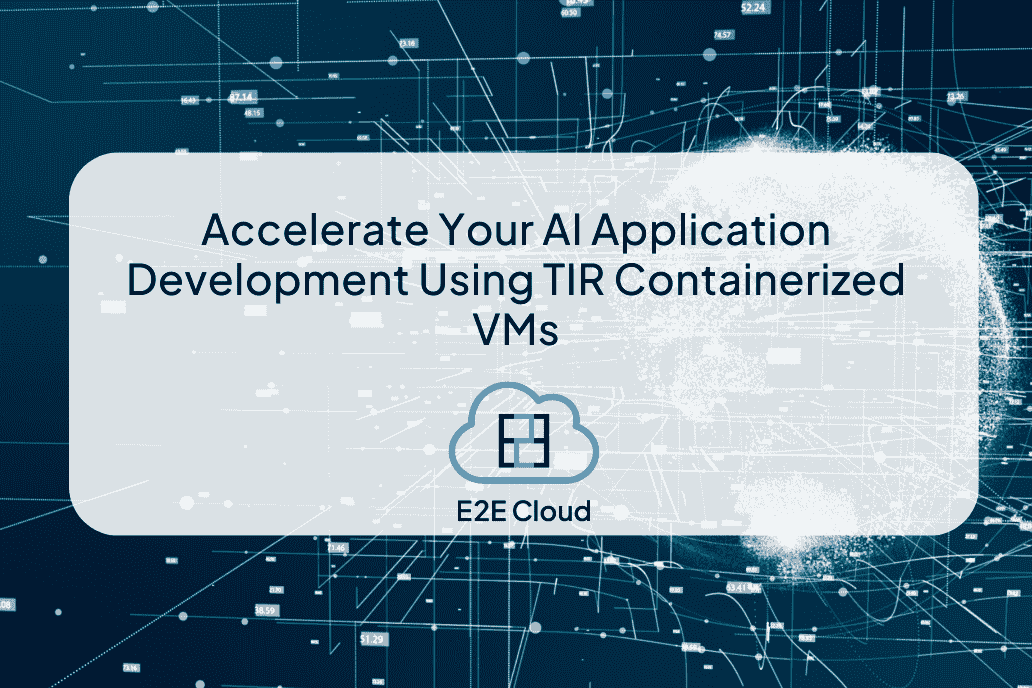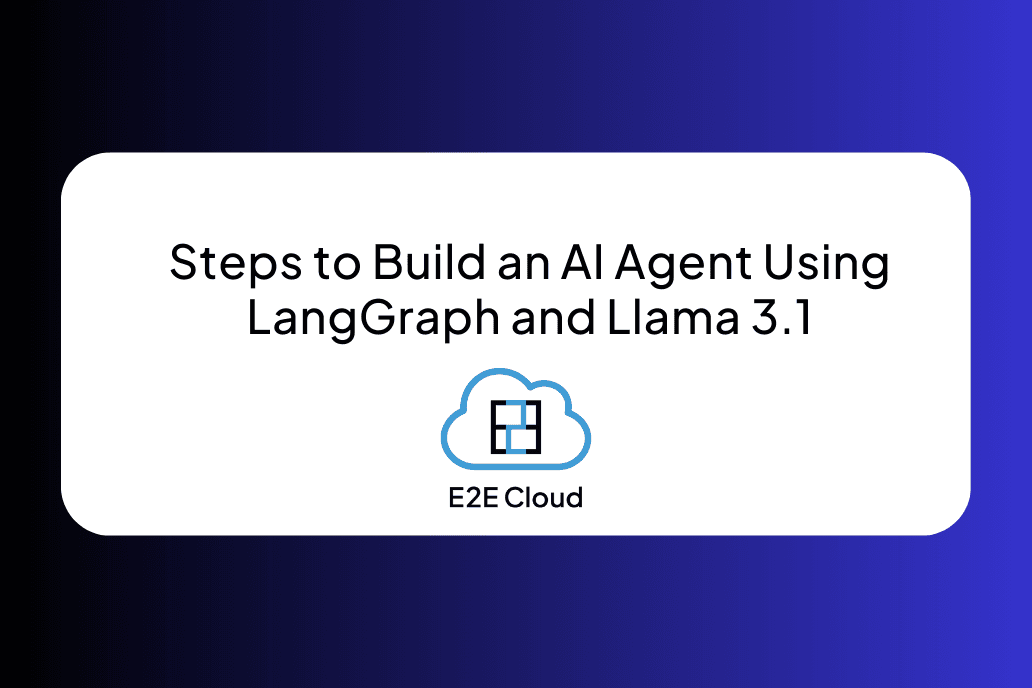On 11 August 2023, India’s Digital Personal Data Protection Act 2023 secured its place in the official gazette. As artificial intelligence takes centerstage, the Act’s significance becomes irrefutable. With businesses increasingly harnessing potent AI models to elevate efficiency and customer experiences, the Act emphasizes customers' explicit control over their data.
In an article penned in the Financial Express, our chief technology officer Mohammed Imran K.R. explores how this Act casts a spotlight on how businesses are compelled to reevaluate their strategies in safeguarding customer data. He also highlights the best practices organizations can follow to ensure strong customer data protection.
You can read the article here.
Find an extended exploration of this crucial topic here, where expert tips await to fortify customer data protection practices.
Strategies for Data Security While Adapting to AI and Cloud Dynamics
In the age of AI and cloud computing, securing customer data entails a blend of encryption technologies, access control measures, well-crafted policies, and effective breach monitoring strategies. Contemporary Cloud Service Providers (CSPs) adhere to a shared responsibility framework, where the CSPs are accountable for the physical security of the infrastructure, leaving customers responsible for safeguarding their data.
Furthermore, Mohammed Imran K.R. emphasizes:
'The CSPs may employ the best practices, but it is eventually the responsibility of the businesses and their developers to ensure that they have implemented the right encryption technologies, policies and monitoring tactics to ensure security of customer data'
Listed below are crucial factors that demand the attention of businesses when managing customer data securely.
Technologies That Must Be Prioritized
- Customer data evolves as information advances, from initial collection to eventual disposal or archiving in cloud applications.
- Progress involves stages of gathering, processing, usage, and removal of customer data while upholding data protection rules and privacy best practices.
- Moreover, data exists in three states: at rest, in transit, and during processing.
- Ensuring complete data control prompts organizations and developers to consider protection measures across all states.
- Threats and breaches are possible in each state, prompting the emergence of sophisticated encryption and data protection technologies.
- A vital strategy for cloud-based data protection involves utilizing encryption technologies, ensuring secure data during transmission and storage.
- Popular encryption methods, like TLS or SSL, safeguard data during transmission and are commonly used in cloud setups.
- Businesses can additionally opt for file encryption or database encryption to secure data at rest.
- Various encryption technologies are employed, including API encryption and web application firewalls.
- Emerging Confidential Cloud Computing technology secures data during processing using techniques like Homomorphic Encryption and Trusted Execution Environments.
Access Control Mechanisms Are Not Optional
- Effective access control mechanisms are essential for ensuring data security, regardless of existing technologies.
- Rigorous access controls, authorization strategies, and multi-factor authentication (MFA) within the application stack restrict access to authorized personnel only.
- These measures mitigate the risk of data breaches arising from compromised credentials.
- Comprehensive employee training in data security best practices is vital for organizations.
- Safeguards and policies should be implemented when sharing data with third parties (e.g., vendors, partners).
- Obtaining explicit customer consent before data collection is crucial, with clear explanations of data usage purpose and scope.
- Secure data deletion protocols must be in place upon customer request.
- While technology solutions play a role in data protection, proper policies are key to preventing breaches due to human error.
Safeguarding Customer Data Amidst AI Advancements
Amid the AI era, safeguarding customer data introduces fresh challenges and prospects. Businesses must establish clear communication channels with customers regarding AI data usage, gaining explicit consent and offering opt-in/out choices for data processing.
Given consent, effective strategies for data security and privacy come into play. It’s advisable to restrict data collection and processing to what’s strictly necessary for AI applications. Employing data protection mechanisms like anonymization and pseudonymization becomes paramount, ensuring data utilization while minimizing privacy risks. Moreover, safeguarding AI models and algorithms against unauthorized access or manipulation is essential.
Mohammed Imran K.R. concludes this by underscoring the foundational principle of any AI system:
'The key to building any AI system that protects customers is to build it with ‘privacy by design’ as a principle.'
Customer Data and the Road Ahead
Where customer data emerges as a pivotal asset for enterprises, it becomes imperative for businesses to regard their data as a crucial element. This approach is vital to not only mitigate potential business risks but also to ensure strict adherence to regulatory obligations. Leveraging robust encryption technologies, which are readily accessible, coupled with a well-aligned organizational approach and established policies, can provide the reassurance that businesses require. This approach facilitates compliance and encourages forward-looking data strategies.
Reach out to us or schedule a free trial to see us in action.









